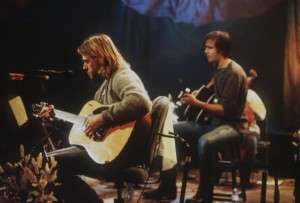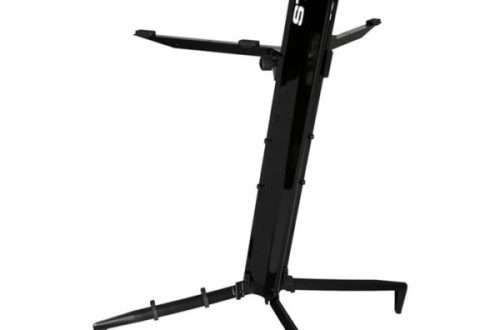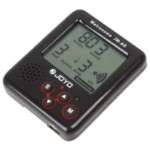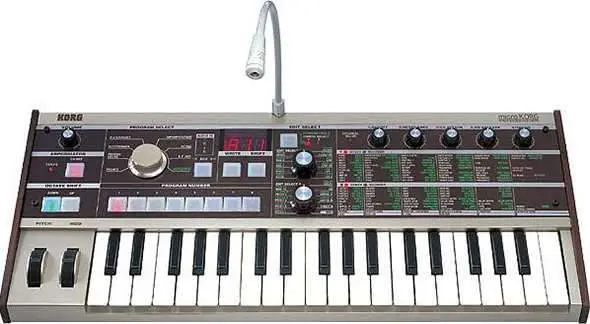
Rhythmics for children: lesson in kindergarten
Contents
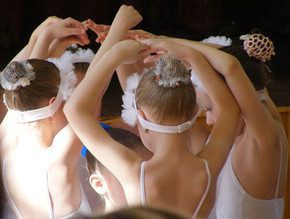 Rhythmics (rhythmic gymnastics) is a system of musical and rhythmic education, the purpose of which is to develop a sense of rhythm and coordination. Rhythmics is also called classes for children (usually preschool age), in which children learn to move to musical accompaniment, control their body, and develop attention and memory.
Rhythmics (rhythmic gymnastics) is a system of musical and rhythmic education, the purpose of which is to develop a sense of rhythm and coordination. Rhythmics is also called classes for children (usually preschool age), in which children learn to move to musical accompaniment, control their body, and develop attention and memory.
Rhythm for children is accompanied by fun, rhythmic music, so they perceive the classes positively, which, in turn, allows them to better assimilate the material.
A little history
Rhythmics, as a teaching method, was created at the beginning of the 20th century by a professor at the Geneva Conservatory, Emile Jacques-Dalcroze, who noticed that even the most careless students began to perceive and remember the rhythmic structure of music as soon as they began to move to the music. These observations laid the foundation for a system later called “rhythmic gymnastics.”
What does rhythm give?
In rhythmic classes, the child develops multilaterally, acquiring a number of skills and abilities:
- The child’s physical fitness improves and coordination of movements is developed.
- the child learns the simplest dance movements, masters concepts such as tempo, rhythm, as well as the genre and nature of music
- the baby learns to adequately express and control his emotions, creative activity develops
- Rhythm in kindergarten is a good preparation for further music, dance, and sports classes.
- Rhythmic exercises provide excellent “peaceful” relaxation for hyperactive children
- rhythm for children helps to relax, teaches them to move freely, creates a feeling of joy
- Rhythmic lessons instill a love of music and develop a child’s musical taste
Differences between rhythmics and physical education or aerobics
There is certainly a lot in common between rhythmic gymnastics and regular physical education or aerobics – physical exercises in both are performed to music in a certain rhythm. But at the same time, different goals are pursued. Rhythm does not prioritize physical development, performance technique is not a priority, although this is also important.
The emphasis in rhythmic gymnastics is on developing coordination, the ability to listen and hear music, feel your body and control it freely, and, of course, develop a sense of rhythm.
When to start exercising?
It is believed that it is optimal to start doing rhythmic gymnastics at 3-4 years old. By this age, coordination of movements is already quite developed. Rhythmics in kindergarten is usually carried out starting from the 2nd junior group. But early development centers also practice earlier starts.
After only a year, having barely learned to walk, toddlers are able to learn basic movements and perform them to music. The baby will not learn much, but he will acquire useful skills that will greatly facilitate his further general and musical development and learning.
Structure of rhythmic lessons
Rhythmic exercises include moving exercises that require sufficient space. Rhythm in kindergarten is carried out in a physical education or music room, usually accompanied by a piano (the use of soundtracks of children’s songs and modern dance tunes will also be beneficial and diversify the lesson).
Children quickly get tired of monotonous activities, so the lesson is based on alternating small 5-10 minute blocks. First, physical warm-up is required (walking and running variations, simple exercises). Then comes the “main” active part, which requires maximum tension (both physical and intellectual). After which the children need rest – quiet exercises, preferably sitting on chairs. You can arrange complete “relaxation” with soothing music.
Next is the active part again, but on familiar material. At the end of the lesson, it’s good to have an outdoor game or start a mini-disco. Naturally, at all stages, including relaxation, material is used that is suitable for achieving the goals of rhythmic gymnastics.



